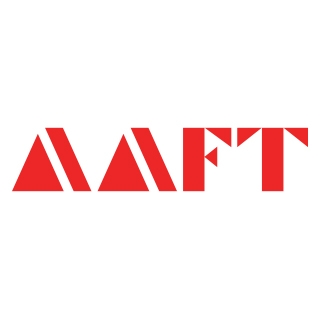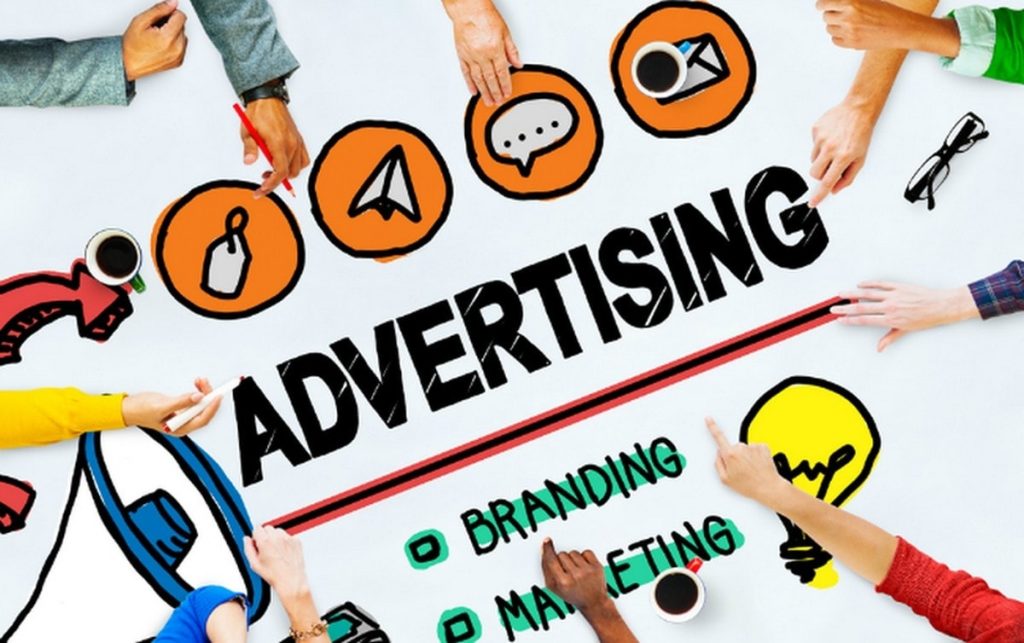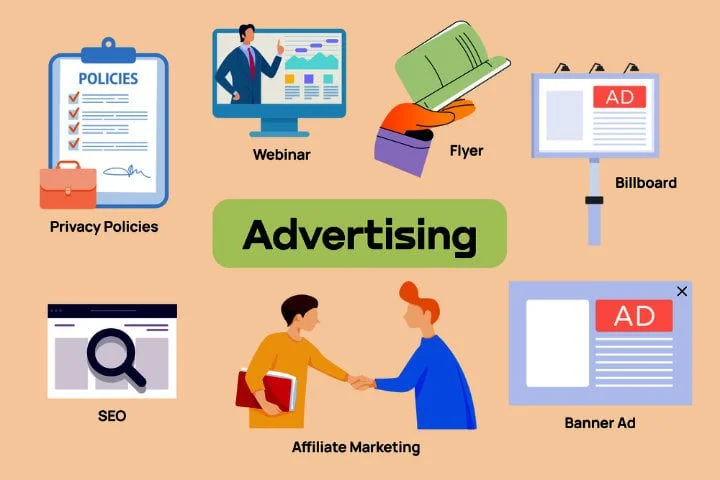What is Advertising? Definition, Objectives & Modern Strategies
You might not know, but most of the products that we own or desire to own are byproducts of advertising!
Those sneakers you saved up for, that smartphone everyone is talking about, or even the coffee brand you swear by. Most probably, you did not just stumble upon them. Somehow, somewhere, an ad might have caught your attention, ignited your interest, thereby nudging you toward that choice. This phenomenon is exactly what advertising is about: to persuade you!.
In a world where there are endless distractions, advertising is the art of grabbing our focus in mere seconds. But what exactly is advertising? How does it shape our choices, build brands, or even create trends?
Let us break it all down, from what advertising truly means to why it matters, and how modern strategies are transforming this field into one of the most creative industries out there.
What is Advertising?
Do you want free career counseling?
Ignite Your Ambitions- Seize the Opportunity for a Free Career Counseling Session.
- 30+ Years in Education
- 250+ Faculties
- 30K+ Alumni Network
- 10th in World Ranking
- 1000+ Celebrity
- 120+ Countries Students Enrolled
Advertising refers to the phenomenon of showing or telling people about a product, service, idea, or cause, usually to make them want to buy, support, or believe in it. Businesses use advertising to grab your attention and help you remember their brand. It can be as small as a poster on a wall or as big as a Super Bowl commercial watched by a million. Indeed, advertising is a part of our daily lives, shaping the fabric of our perception, often in such a manner that we do not even realize it!
How Did Advertising Begin?
Advertising has been around for a long time, even before social media or TV. Earlier, people painted signs on walls or used town criers (people who shouted messages in public places) to spread news about goods or events. Thereafter, after the introduction of print media, newspapers and magazines started carrying ads. These were mostly black-and-white and simple in design, but they worked wonders.
Later, radio and TV took over the center stage as these platforms allowed visual and audio to support the intended message. Resultantly, ads became more creative, with catchy songs, slogans, and famous actors promoting brands.
Book Now →
Advertisements in Digital Age
With technology revolutionizing the world, the approach to curating advertisements and promoting them has also changed drastically. Replacing traditional media, we now come across advertisements on our phones and social media feeds. Besides, you might have also noticed that the shoes you searched for yesterday are now following you in every app. That is personalization of advertisement through technology.
As technology keeps changing, advertising will too, innovating new approaches to storytelling, creating an experience, and building a connection with the audience.
Objectives of Advertising
Now that we know what advertising is and how it has changed over time, let us understand why businesses use it in the first place, deciphering the core objectives of advertisements.
Do you want free career counseling?
Ignite Your Ambitions- Seize the Opportunity for a Free Career Counseling Session.Read Also: What is Influencer Advertising? Trends, Platforms & Campaign Ideas
1. To Inform
One of the main jobs of advertising is to give you information. This usually happens when a new product or service enters the market. For example, if a new restaurant opens in your city, an ad can tell you where it is, what food it offers, and maybe even share a special opening discount.
2. To Persuade
Once you know about a product, the next step is to convince you to choose it over others. This is called persuasive advertising. These ads focus on what makes a brand special, like better quality, lower prices, or a cool lifestyle image.
3. To Remind
Have you noticed how some ads keep showing up again and again? That is not just a coincidence! Brands use this tactic to remind you of the advertisement. Even if you already know about a product, seeing the ad regularly reminds you to buy it again.
For example, a soft drink company might keep showing fun summer ads to make sure you choose their drink when you are feeling thirsty, even if you already like it.
Diverse Types of Advertising
Now that we have talked about the goals of advertising, let us look at the different ways companies advertise their products or services. Each type of advertising has its own style and purpose. Depending on the product, the audience, and the goal, businesses choose the method that fits best.
1. Traditional Media Advertising
This is the old-school way of advertising, and includes: Television Commercials, Radio, Newspaper, and magazine advertisements.
TV, Radio, and print advertisements still reach a large number of people, especially for big brands and local businesses, and are great for storytelling and reaching older age groups.
2. Digital Media Advertising
This is the type of advertising you probably see the most.
- Social media platforms like Instagram, Facebook, and YouTube
- Search engines like Google
- Email campaigns that land in your inbox
Digital advertising is popular because it is flexible and can reach the right people based on their interests, age, or even what they searched online yesterday.
3. Outdoor Advertising
You are already quite familiar with outdoor advertising as the moment we step out of our house, we see posters and billboard, maybe on public vehicles, street or even on the highway. Outdoor advertising usually can be divided into transit ads (advertisments on buses, trains and stations) and posters, and is quite effective for brand positioning as they are centred on a clear and short message with a well-aligned design.
4. Influencer Marketing
This is one of the newest and fastest-growing types of advertising. Here, brands partner with influencers, people, or creators with a robust online presence. These influencers promote products to their audience in a more personal and creative way.
For example, a fashion influencer on Instagram might wear and promote a new clothing brand, and because their followers trust them, they would check out the brand too.
Read Also: How to Use Social Media to Maximize Your Event’s Reach
Each type of advertising has its own style and purpose. Depending on the product, the audience, and the goal, businesses choose the method that fits best.
Modern Advertising Strategies in 2025
Advertising in 2025 is way smarter, faster, and interactive than it has ever been. As young adults care about the planet, brands are also changing the way they talk, showing how they are helping the world, not just selling stuff.
Let us break down some of the most-used strategies brands rely on to grab attention and stay relevant:
1. Personalization
Companies use data to learn what you like, when you shop, and even how you scroll. Then, they show you ads that match your taste and mood. This makes the ad feel more like a recommendation than a random pop-up.
2. AI Integration
AI helps brands in market segmentation, as it reaches the target audience effectively. It can quickly choose the best time and place to show an ad to the right person. AI also runs chatbots, the pop-up messages on websites that can answer your questions or help you find what you are looking for.
3. Sustainability
As the youths and young adults are starting to acknowledge and care about climate change, waste, and being eco-friendly. So, brands are adopting a more sustainable approach to branding, focusing more on how their products are sustainable, made from recycled materials, or help reduce pollution.
4. Immersive Experiences
Want to try on a pair of glasses without going to the store or a pair of a risqué outfit without going to the store? That is possible now, owing to Augmented Reality (AR) and Virtual Reality (VR).
Importance & Scope of Advertising
The advertising market has been around long back, since the concept of ‘business’ came into play, and has innovated the way it manifests itself to combat changing times, and will continue to do so. According to Imarc, the industry is expected to grow to 995.0 billion by 2033.
Read Also: How AI and Tech are Transforming Public Relations?
Here is why advertising is so important and why it has such a wide scope today:
1. Creates Brand Awareness
Advertising helps people know that a brand or product exists. Good advertisements make brands more visible and familiar, especially to new customers.
2. Boosts Sales and Growth
When advertisements are done right, they generate leads and boost sales, which is why companies invest so much in smart advertising campaigns.
3. Encourages Healthy Competition
Advertising allows different brands to share what makes them better or unique. This pushes their competitors to improve their quality and creativity, which is great for customers.
4. Creates Job Opportunities
With the industry growing so fast, there are newer career options in advertising.
Career Path in Advertising
If you love being creative, solving problems, or understanding people and trends, advertising could be a perfect fit for you. With the growing demand for digital marketing and brand advertising, there are many exciting roles to explore. Here are 10 career paths in advertising that students and freshers can consider:
1. Copywriter
Copywriters are responsible for creating the content ads, be it a funny caption, a moving slogan, or a clever script for a video.
2. Graphic Designer
Graphic designers create the visual part of an advertisement, like posters, social media posts, and videos.
3. Digital Marketing Executive
Read Also: Micro-Influencers vs. Celebrities: Who Drives Better PR Results?
These professionals handle online ads, run social media campaigns, and track performance.
4. Media Planner
Media planners decide where and when to show ads for the best results across different media platforms like YouTube, Instagram, TV, or billboards.
5. Brand Strategist
Brand Strategists are responsible for building the brand’s unique voice and decide how they want to be perceived by customers.
6. Account Executive
This role acts like a bridge between the client and the creative team, handling cross-communication the project stays on track.
7. Social Media Manager
They handle everything a brand posts online, from memes to marketing campaigns. This role is perfect for those who know how social media really works.
8. Market Research Analyst
They study market trends and customer behavior to help brands understand what people want and how to reach them better.
9. Influencer Marketing Specialist
Read Also: How Social Media is Transforming Event Management Strategies
This is a new-age role where professionals connect brands with influencers who can promote their products online, especially on platforms like Instagram and YouTube.
Conclusion
By now you must have gotten a fair idea of what entails advertisements, the scope and importance of it as well as how it will continue to be a part of our everyday lives! This field as a domain, at the core, is marked by creativity and innovation, as ultimately the purpose is to communicate with the masses through diverse storytelling approach for persuading sales.
So, if you believe you are an effective communicator with a clear understanding of your goals you may consider pursuing a role in this domain. Moreover, the diverse roles encompassing the domain only adds to its flair, birthing new job opportunities.
As for the entrance within the domain, it is preferred that you pursue a relatable educational path, pursuing a degree focused in advertisements.
With an esteemed reputation of providing quality education and industry-focused training, AAFT offers specialized programs in advertising, public relations, digital media, and branding.
Students here get to work on live campaigns, collaborate with professionals, and gain first-hand experience of how the advertising world truly works. Through expert guidance, practical exposure, and access to industry-standard tools, AAFT has been in the industry for over 34 years, nurturing creative thinking, strategic planning, and communication skills, which are also the core pillars of a successful career in advertising.
Explore AAFT’s School of Advertisement, PR & Events to decide on which pathway might suit you the best!

AAFT has been providing the world with limitless creativity and expression since 1993! Through a dynamic and industry-driven curriculum, AAFT provides engaging and captivating articles to persuasive blogs and empowers its readers to explore diverse avenues of creative media education-related content.






